

Expansion bolts are fasteners used to create secure anchor points in solid materials like concrete, brick, and stone. They work by expanding within the hole as the bolt is tightened, creating a strong friction grip that resists pull-out forces. This guide covers types, installation, load capacity, and selection, ensuring you choose the right expansion bolt for your project.What is an Expansion Bolt?An expansion bolt, also known as an anchor bolt or a sleeve anchor, is a specialized fastener designed to provide a secure fixing point in concrete, brick, and other masonry materials. Unlike traditional screws or nails that rely on direct threading or friction against the base material, expansion bolts utilize a mechanical expansion mechanism to generate a strong holding force. This makes them ideal for applications where high pull-out strength and stability are required.Types of Expansion BoltsSleeve AnchorsSleeve anchors are perhaps the most common type of expansion bolt. They consist of a bolt, a sleeve (typically made of steel), a washer, and a nut. As the nut is tightened, the sleeve is drawn into a cone-shaped section of the bolt, causing the sleeve to expand outward and grip the surrounding material.Pros: Easy to install, good holding power, versatile.Cons: Can be less effective in softer materials.Wedge AnchorsWedge anchors feature a steel rod with a wedge-shaped end. When installed, the wedge is pulled up against the anchor body, expanding it against the sides of the hole.Pros: High tensile strength, suitable for heavy-duty applications.Cons: Requires precise hole size, can be difficult to remove.Drop-In AnchorsDrop-in anchors are internally threaded anchors that are set into the hole using a setting tool. A bolt is then screwed into the anchor, expanding it and creating a secure hold.Pros: Flush mounting, good for suspending items from ceilings.Cons: Requires a setting tool, can be more expensive.Concrete Screws (Tapcons)While technically screws, concrete screws act as expansion bolts by cutting threads into the concrete as they are driven in. They rely on a tight fit rather than a separate expansion mechanism.Pros: Easy to install, removable, good for lighter loads.Cons: Lower holding power compared to other expansion bolts.Choosing the Right Expansion BoltSelecting the appropriate expansion bolt depends on several factors: Material: Concrete, brick, block, or other masonry. Load Requirements: How much weight will the anchor need to support? Environment: Will the anchor be exposed to moisture or corrosive elements? Installation Conditions: Is access limited? Is a flush mount required?Example Scenario: Suppose you need to mount a heavy steel beam to a concrete wall. Given the high load requirements, a wedge anchor or a sleeve anchor with a high tensile strength would be the best choice. If the environment is corrosive, consider a stainless steel option.Remember to always check the manufacturer's specifications for load capacities and recommended applications. You can source quality expansion bolts from reputable suppliers like Hebei Muyi Import&Export Trading Co.,Ltd. who offers a wide range of options to suit different needs.Expansion Bolt Installation Guide Drill the Hole: Use a hammer drill with a carbide-tipped bit that matches the diameter specified by the expansion bolt manufacturer. Clean the Hole: Remove dust and debris from the hole using a wire brush or compressed air. This ensures proper contact between the expansion bolt and the base material. Insert the Bolt: Insert the expansion bolt into the hole. For sleeve and wedge anchors, this usually means hammering it in gently. For drop-in anchors, use a setting tool to expand the anchor within the hole. Tighten the Nut/Bolt: Use a wrench to tighten the nut or bolt to the specified torque. This will expand the anchor and create a secure hold.Understanding Load CapacityThe load capacity of an expansion bolt is the maximum weight or force it can safely support. This is typically specified by the manufacturer in terms of tensile strength (resistance to being pulled out) and shear strength (resistance to being sheared off). It's crucial to select an expansion bolt with a load capacity that exceeds the anticipated load, factoring in a safety margin.Safety Factor: A safety factor is a multiplier applied to the expected load to ensure the anchor is not stressed beyond its limits. A common safety factor for static loads is 4:1, meaning the anchor should be able to support four times the expected load.The following table shows estimated data parameters of common expansion bolts. Please refer to the official data parameters of the supplier for accuracy. Type Diameter (inches) Tensile Strength (lbs) Shear Strength (lbs) Sleeve Anchor 1/4' Wedge Anchor 3/8' Drop-In Anchor 1/2' *Note: These values are approximate and may vary depending on the specific manufacturer and concrete strength. Always consult the manufacturer's specifications for accurate load capacity information.Common Problems and Solutions Anchor Pull-Out: Caused by insufficient embedment depth, incorrect hole size, or exceeding the load capacity. Solution: Use a longer anchor, drill the hole to the correct depth, or select an anchor with a higher load capacity. Anchor Spin: Occurs when the anchor rotates in the hole without tightening. Solution: Ensure the hole is clean and the anchor is properly seated. Consider using a chemical anchor instead. Corrosion: Can weaken the anchor over time, especially in outdoor environments. Solution: Use stainless steel or zinc-plated anchors for corrosion resistance.Chemical Anchors: An AlternativeChemical anchors, also known as resin anchors, use a chemical adhesive to bond the anchor to the base material. They offer several advantages over mechanical expansion bolts, including higher load capacities, reduced stress on the base material, and suitability for use in cracked concrete.Advantages of Chemical Anchors: Higher load capacities Reduced stress on base material Suitable for cracked concrete Good for close-to-edge applicationsExpansion Bolt ApplicationsExpansion bolts can be used in a variety of applications, including: Securing machinery and equipment to concrete floors Attaching structural supports to walls Installing handrails and guardrails Fastening signs and fixtures Anchoring electrical and plumbing componentsSafety Precautions Always wear safety glasses when drilling and installing expansion bolts. Use a hammer drill with a sharp carbide-tipped bit. Do not exceed the specified torque for tightening the anchor. Inspect the anchor regularly for signs of corrosion or damage. Consult a structural engineer if you are unsure about the appropriate anchor for your application.

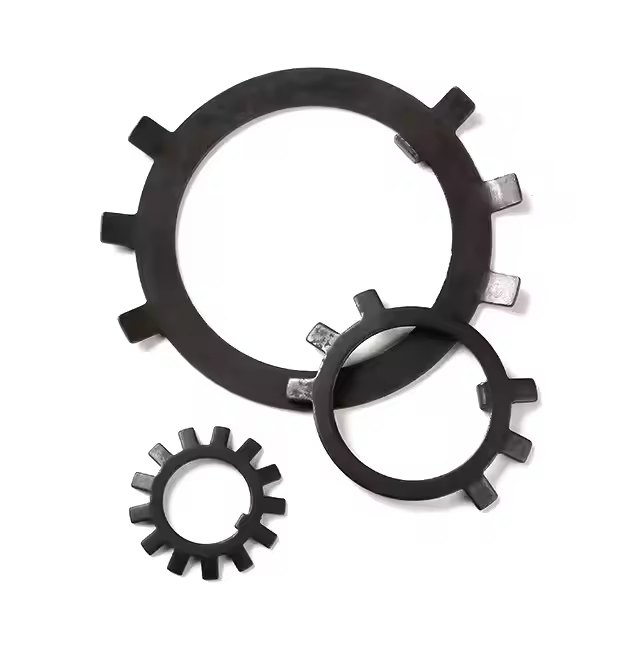

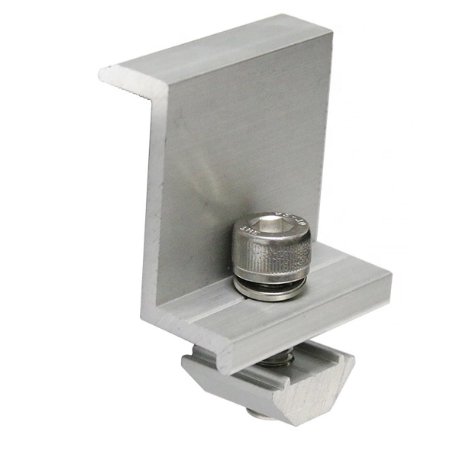
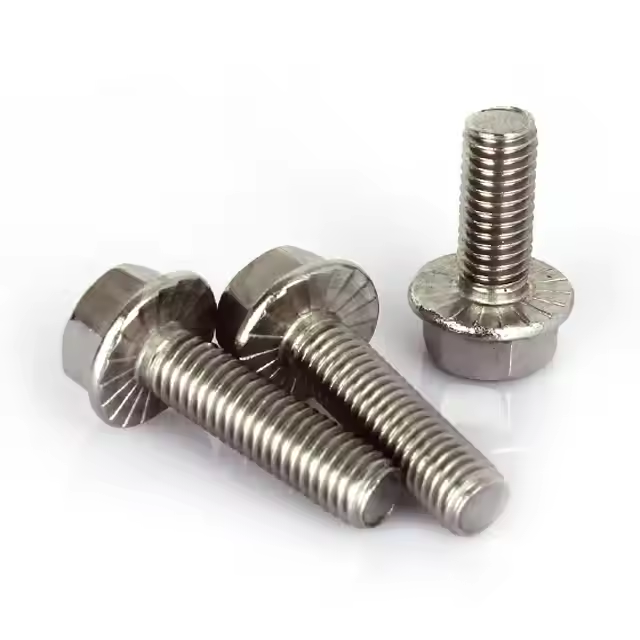
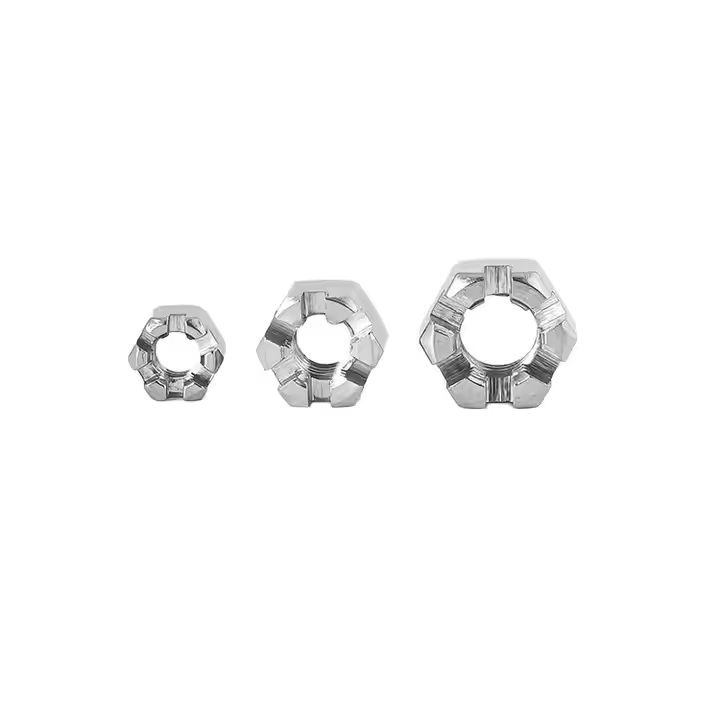
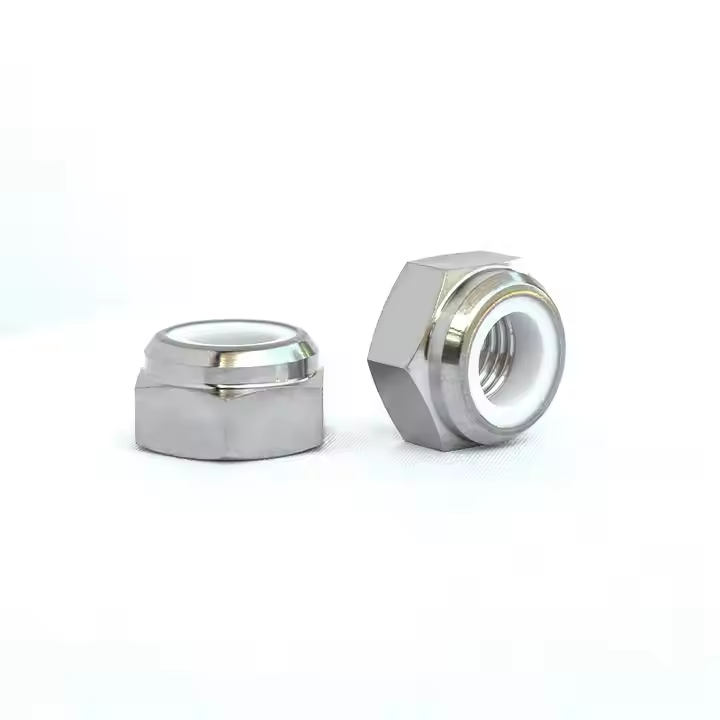

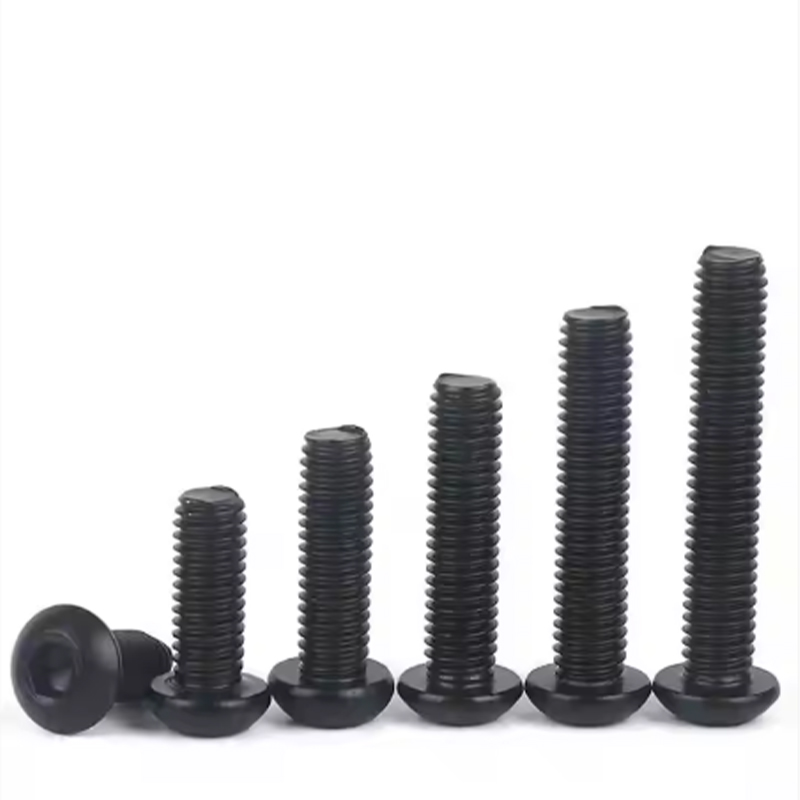
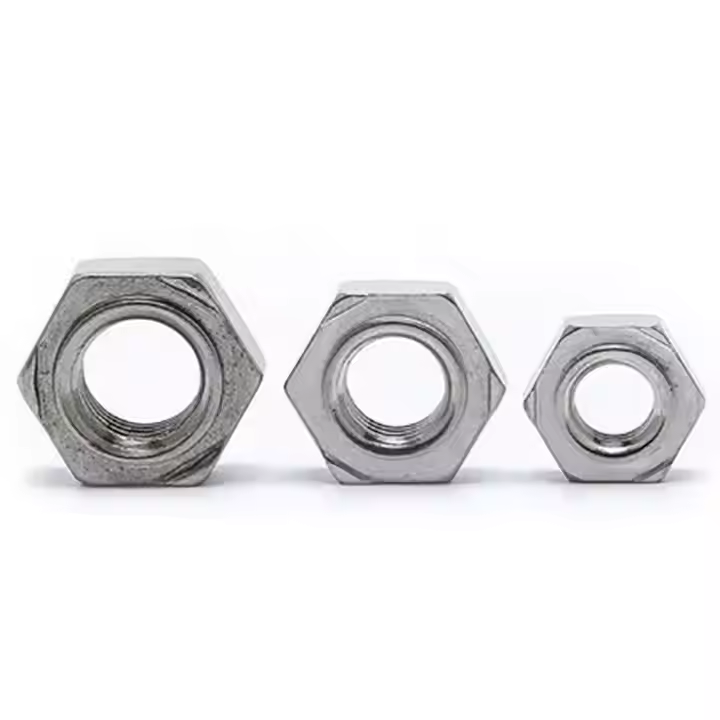

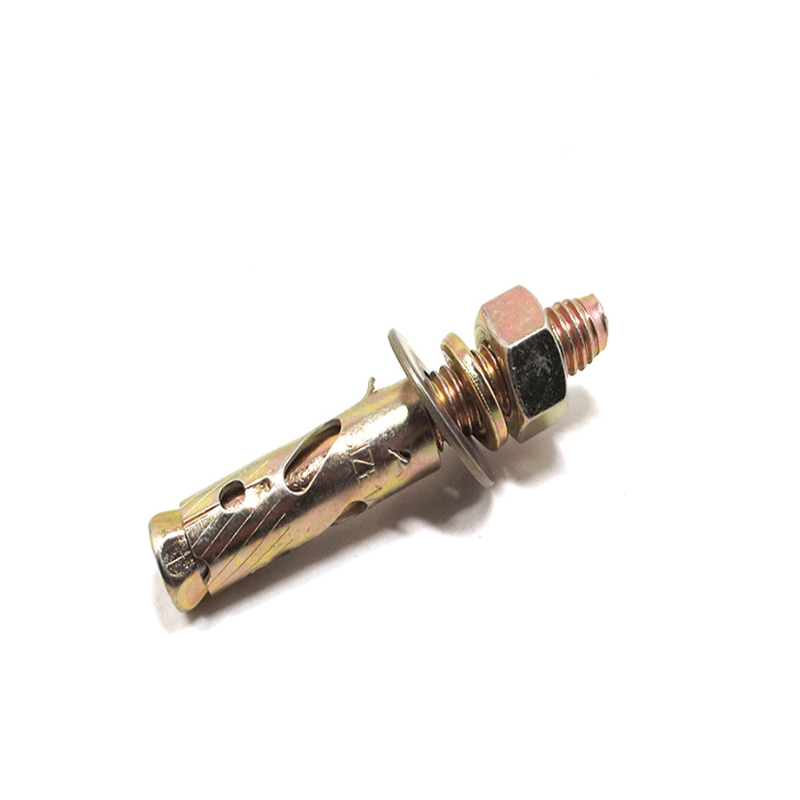

Please enter your email address and we will reply to your email.